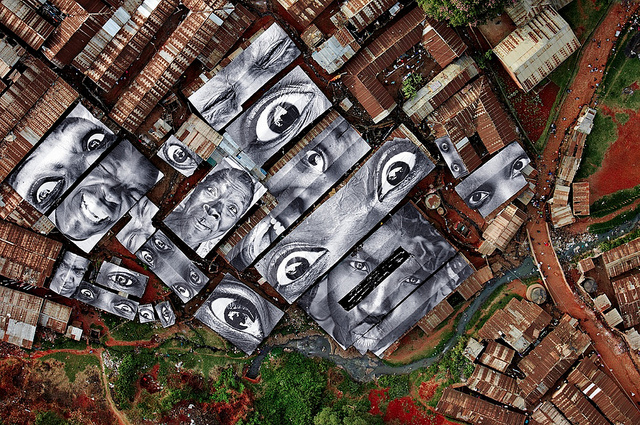Since the proliferation of GPS technology and the presence of map apps on most smartphones have made it easier than ever to locate where you are in the world, more and more people are using navigation devices on a daily basis. This is great for efficient transportation to work/school, for comparing multiple routes, and for exploring new places; but has unknown consequences for classical navigation technologies and geographical thought. How do "maps" apps affect how we interact with paper maps? How does it affect our ability to give directions? To know our way around the cities in which we live? To expand the mental maps we create of our lives? How does it shape our geographic identity?
To begin to answer some of these questions on the role that geography-- and especially cartography and GIS technology-- plays in our daily lives in the digital age, we at the GWU Geography Department Blog conducted a voluntary anonymous survey of 26 college-age students from around the United States via the internet to determine how students across the country perceive the effects of geographic information technologies on their lives.



